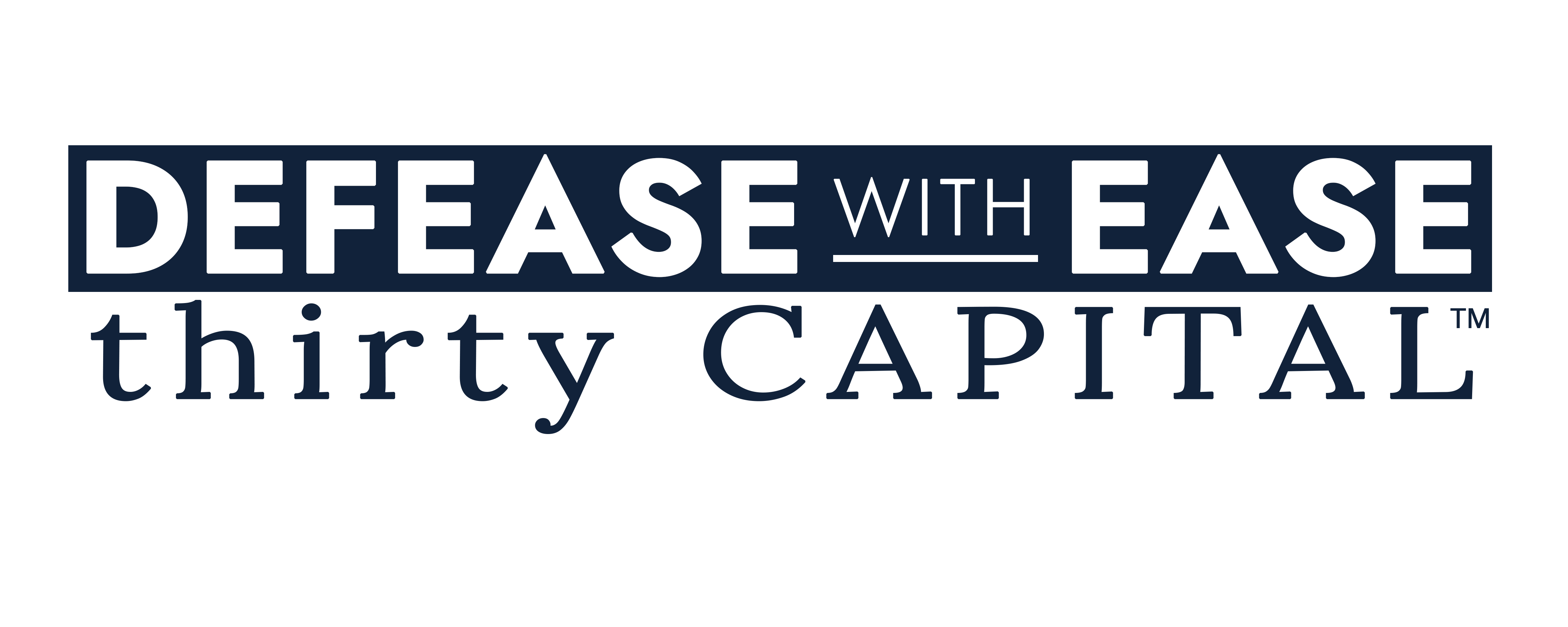In a previous blog titled, Staying Relevant (and Profitable): Why Generating Asset Scenarios is a Must to Survive to 2025 and Beyond, we discussed the power of asset scenarios in managing and operating commercial real estate (CRE) properties. To recap, an asset scenario is an analytical tool that helps owners and operators forecast and evaluate the potential outcomes under different conditions.
While there are many applications and use cases for asset scenarios, Chief Financial Officers (CFOs) are among those who benefit the most. Let’s explore real-world examples of how industry-leading CFOs are using asset scenarios to master their cashflow and drive strategic success.
1. Managing Future Cashflow Effectively
Cashflow is the lifeblood of any CRE property. CFOs use asset scenarios to predict how various factors will impact their cashflow over time, ensuring they have sufficient liquidity to cover expenses. For example, by simulating a 5-year scenario where rent increases by 5% YoY, insurance costs rise by 7% YoY, and the loan’s interest-only period ends after Year 3, a CFO can project the scenario’s impact on cashflow and cash reserves.
In today’s volatile market, CFOs must be agile to keep cashflow resilient. This forward-looking approach helps maintain a healthy cash balance and prevents liquidity crunches that could disrupt operations.
2. Generating More Value and Higher Returns
A key goal for any CFO is to enhance the value of the firm and its properties. By using asset scenarios to explore different financial strategies, CFOs can identify the most profitable path forward. For example, a CFO might use asset scenarios to compare the impact of upgrading facilities versus increasing marketing efforts to attract higher-paying tenants. By simulating these scenarios, the CFO can determine which strategy is likely to yield the highest long-term value.
Strategically planning for different “what ifs” ensures that CFOs avoid reactive decisions. This data-driven approach ensures resources are allocated effectively to maximize property valuations and returns.
3. Ensuring Timely and Proper Investor Payments
Investor relations are critical to a CRE firm’s financial health and reputation. CFOs must ensure that investors receive their returns on time and as expected. Asset scenarios enable CFOs to plan for these payments by forecasting the firm’s financial performance under various conditions. For example, if considering a new property development, a CFO can use asset scenarios to project future revenue and determine if the investment will generate enough profit to meet investor payment schedules.
Investors demand confidence in a firm’s ability to operate effectively and meet financial obligations. Ensuring timely payments strengthens investor relationships, essential for securing future funding and support.
4. Navigating Economic Uncertainties
Economic fluctuations and market volatility pose significant challenges for CRE firms. Asset scenarios allow CFOs to prepare for various economic conditions, such as recessions, interest rate hikes, or inflation spikes. By modeling different economic scenarios, CFOs can develop contingency plans to safeguard their cashflow and maintain financial stability. This proactive approach enables firms to weather economic storms more effectively and capitalize on opportunities that arise during downturns.
5. Enhancing Operational Efficiency
Operational efficiency is key to maximizing profitability in CRE. CFOs can use asset scenarios to identify inefficiencies and areas for improvement within their operations. For instance, by analyzing scenarios that involve changes in property management practices, maintenance schedules, or energy usage, CFOs can pinpoint strategies that reduce costs and enhance efficiency. This holistic view of operations ensures that every aspect of the property is optimized for performance and profitability.
6. Supporting Strategic Growth Initiatives
Growth is a primary objective for any CRE firm, and asset scenarios play a crucial role in supporting strategic growth initiatives. CFOs can use these scenarios to evaluate the financial feasibility of expansion projects, acquisitions, or new developments. By projecting future cashflows, expenses, and revenue streams, CFOs can make informed decisions about which growth opportunities to pursue. This strategic foresight helps firms expand their portfolios while maintaining financial health and stability.
7. Mitigating Risk
Risk management is a critical function for CFOs in the CRE sector. Asset scenarios provide a comprehensive view of potential risks associated with various financial strategies and market conditions. By identifying and quantifying these risks, CFOs can develop risk mitigation strategies to protect their firm’s assets and ensure long-term success. This includes diversifying investments, securing favorable financing terms, and implementing robust contingency plans.
Arming Yourself with a Crystal Ball (i.e., Asset Scenarios)
8. Conclusion
Mastering cashflow through the use of asset scenarios is a game-changer for CFOs in the CRE industry. By leveraging these advanced analytical tools, CFOs can enhance financial planning, improve operational efficiency, and ensure the long-term success of their firms. From managing future cashflow and generating higher returns to navigating economic uncertainties, asset scenarios provide the insights needed to make informed and strategic decisions.
Defease With Ease | Thirty Capital’s asset and debt management software provides CFOs with a powerful tool to forecast and evaluate strategic financial decisions. With centralized portfolio data and unlimited asset scenarios at your fingertips, you can identify optimal scenarios that generate more cashflow and higher returns. Take the first step towards mastering your cashflow and ensuring the financial health of your CRE firm. Contact us to schedule a demo and see how quickly you can generate an asset scenario.



